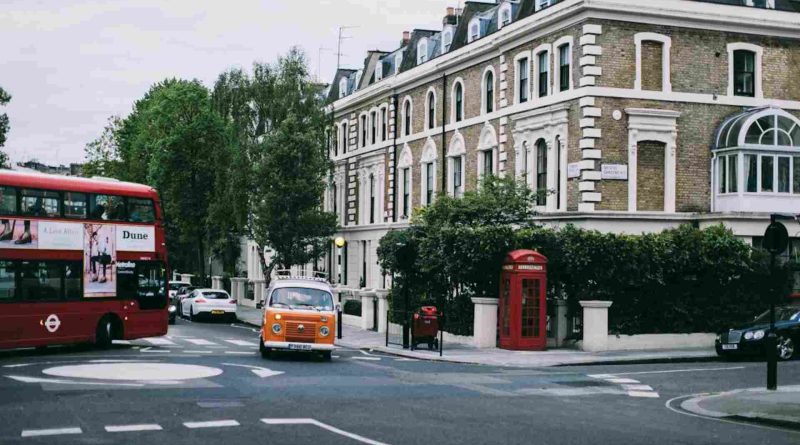Reimagining London’s Red Routes: A Call to Action Against Pollution
Across numerous global metropolises, the restructuring of major road networks has become a pivotal strategy in combatting air pollution and enhancing urban livability.
London’s iconic red routes, established three decades ago, constitute a sprawling 320-mile labyrinth that channels a significant portion of the city’s vehicular flow, coursing through residential enclaves and skirting educational institutions. Among these arteries lies the South Circular, tracing past the familial abode of Ella Kissi-Debrah, whose tragic demise in 2013 underscored the lethal toll of air pollution-induced asthma.
Oliver Lord, spearheading policy initiatives at the Environmental Defense Fund, advocates for a paradigm shift in the treatment of these red routes, urging a comprehensive reassessment marked by ambitious traffic reduction targets and innovative freight management strategies.
Embedded within this network are some of the United Kingdom’s most notorious pollution hotspots, destined to linger stubbornly beyond regulatory thresholds. Particularly within inner and outer suburbs, the trajectory of traffic-related pollution has witnessed a distressing escalation from 2005 to 2016.
The adverse impacts of major thoroughfares reverberate beyond mere environmental degradation, encompassing a cacophony of noise pollution and exacerbating air quality concerns. While select urban cores are enacting stringent measures to curtail the ingress of high-emission vehicles, the suburban landscape remains conspicuously neglected. Indeed, in cities like Glasgow, Leeds, and Birmingham, the urban periphery finds itself ensnared by arterial roads, akin to medieval moats sundering communities.
Reflecting on the fallout from previous infrastructure ventures, a 1994 Department for Transport assessment highlighted the tendency of new trunk roads to amplify traffic volumes rather than alleviate congestion. Emblematic of this narrative is London’s venerable Westway, an elevated thoroughfare erected half a century ago at the cost of thousands of homes, yet failing to abate vehicular densities. Presently, the aging superstructure languishes in disrepair, a poignant symbol of misplaced priorities.
Across the Atlantic, the legacy of freeway construction in marginalized communities during the 1950s and 60s persists as a grim reminder of urban inequity. However, newfound federal allocations offer a glimmer of hope, signaling a potential pivot towards deconstruction rather than reconstruction. Pioneered in Portland in 1974 with the conversion of Harbour Drive into a verdant riverside promenade, the movement to dismantle freeways has gained momentum, transcending geographical boundaries.
Noteworthy endeavors include the partial dismantling of Rochester’s Inner Loop in New York, the reclamation of Utrecht’s 12-lane motorway to revive its historic canal, and the transformative Cheonggyecheon River project in Seoul, South Korea, which unearthed a concealed waterway beneath a multi-lane expressway, metamorphosing it into an urban oasis.
These initiatives stand as beacons of hope, offering a blueprint for reimagining the trajectory of our urban thoroughfares, and fostering sustainability, equity, and communal well-being. It is incumbent upon us to heed their lessons and embark on a journey towards a greener, more inclusive urban landscape.

